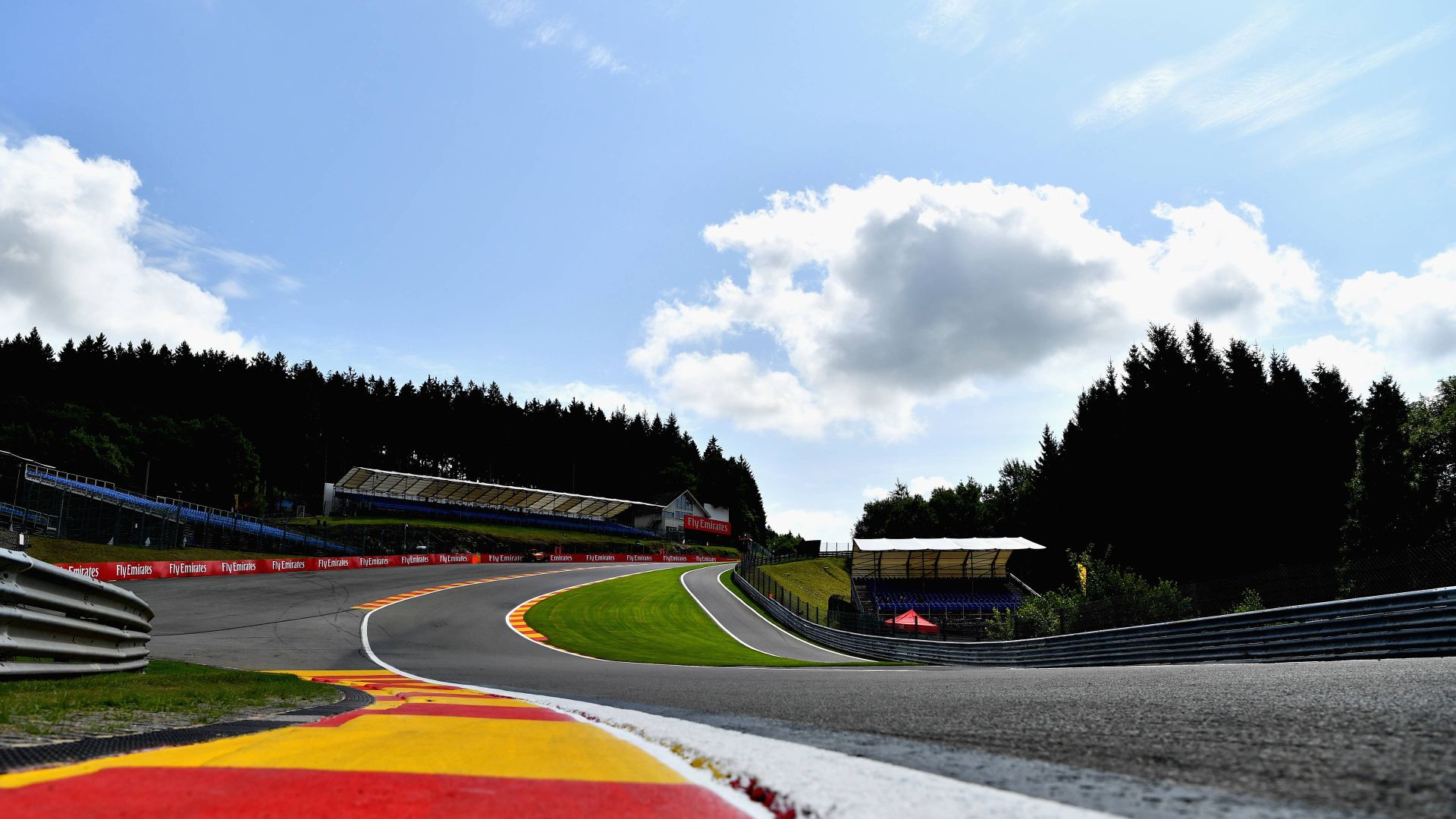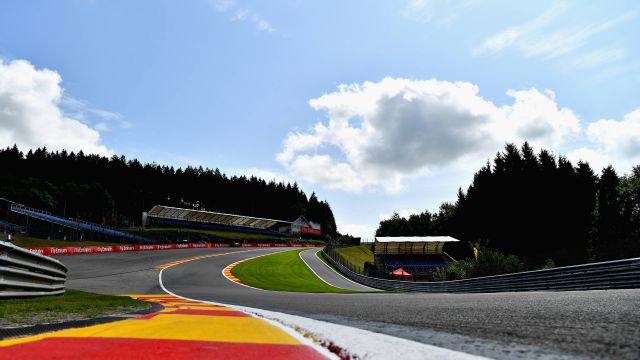What Is The Difference Between A Corner And A Chicane?


In motorsport, a track consists of various turns and features that challenge both car and driver. Among these features are corners and chicanes, each with its own distinct characteristics. A corner is typically a curve along the racing track with a continuous arc that racers must navigate to follow the track’s path. It can range from gentle to sharp angles, affecting the car’s speed and the driver’s approach. On the other hand, a chicane is a series of more abrupt turns or a combination of curves that alternate directions in quick succession. The purpose of a chicane is to slow down the vehicle, increase the level of driving difficulty, and enhance track safety by breaking the high-speed flow of a race course.
While corners are a natural part of any racing circuit and may vary widely in radius and length, chicanes are specifically designed interruptions. These artificial elements require drivers to perform a series of directional changes. They are often inserted into tracks to create additional overtaking opportunities and to compel strategic driving. As a result of these sharp, snaking configurations, drivers must significantly reduce speed, which contrasts with the smoother and more momentum-preserving nature of standard corners. Understanding the differences between corners and chicanes is crucial for racers who aim to optimize their performance and for enthusiasts who seek to appreciate the technical aspects of motorsport track design.
Key Takeaways
- Chicanes are complex track features designed to disrupt high-speed racing and enhance safety by forcing drivers to rapidly alternate between directions, thereby reducing their speed. This contrasts with corners, which are generally simpler, more natural turns that vary in sharpness and allow for a smoother, more continuous driving line.
- While corners allow for a range of driving styles and approaches, providing opportunities for maintaining or even gaining speed, chicanes require precise vehicle control and strategic braking, often leading to reduced overtaking opportunities due to their tight and twisting nature.
- The strategic inclusion of chicanes in track design not only serves as a safety measure but also introduces a technical challenge for drivers and teams, influencing car setup and driving technique to optimize performance through these abrupt, serpentine sections of the circuit.
Understanding Chicanes and Corners
In motorsport, the terms “chicane” and “corner” often come into play during discussions of track design and driving technique. Both elements are pivotal to the experience and strategy of racing, particularly in Formula 1, where precision and speed management are key.
Defining Chicanes and Corners
Chicanes are typically a series of artificial turns inserted into a race track. Their primary purpose is to slow drivers down for safety reasons, encouraging them to use complex maneuvers and careful speed management. A distinctive feature of a chicane is its serpentine shape, usually comprising more than one turn. Corners, by contrast, are more straightforward sections of a track that change the vehicle’s direction. They can be singular, such as a 90-degree turn, and vary significantly in their radius – from tight hairpin bends to long, sweeping curves.
Historical Development and Purpose
Originally, chicanes were added to tracks to improve safety, reducing risk in motorsport by compelling vehicles to lower speeds at critical points. The historical role of corners has been less about speed reduction and more about challenging a driver’s ability to maintain as much speed as possible through a turn. Their design influences overtaking opportunities and can be critical in deciding race outcomes.
Varied Characteristics and Classification
- Chicanes:
- Serpentine curve
- Multiple change of direction
- Used for speed reduction
- Corners:
- Typically a single change of direction
- Include fast corners and tight turns
- Range from low-speed to high-speed challenges
Tracks feature different types of these elements, such as hairpins, esses, and parabolic turns, each presenting distinct challenges to a driver’s skill and the car’s design.
Physical Components and Considerations
Construction materials like concrete define the physicality of chicanes and corners. The track’s surface, often layered with rubber from tires, impacts grip levels. Track elements include kerbs on the inside and outside of turns to guide drivers. Critical considerations in their design include the radius of the curve and the width of the track, which directly affect the speed a car can carry through the element. Safety barriers are essential to protect drivers from high-speed impacts.
Impact on Vehicle Dynamics
Chicanes and corners have profound effects on a race car’s dynamics. They test the car’s chassis, aerodynamics, and tire performance. Proper handling through these sections requires finely tuned throttle control and braking. Downforce and drag dynamics are critical; a good chicane can challenge a car’s ability to rapidly change direction while maintaining downforce. These track parts also put a spotlight on driver skill—negotiating them efficiently can mean the difference between a good lap and a great one.
Technical Aspects of Chicanes and Corners
The technical design and setup of a Formula One car are substantially influenced by the track layout, particularly the characteristics of chicanes and corners. These elements dictate the tuning of aerodynamics, braking systems, and engine settings to optimize car performance.
Influence on Car Setup and Design
The Energy Recovery System (ERS) and Electronic Control Unit (ECU) settings in an F1 car are adjusted to match the demands of track features such as chicanes and corners. Chicanes, with their tight successions of turns, require cars to have high levels of downforce for better handling and stability, even if it leads to increased drag. Corners might demand a more versatile setup where downforce and throttle response are balanced to allow efficient speed management through varying turn angles.
- Chicanes:
- Downforce: High
- Handling: Emphasized due to abrupt direction changes
- Braking: Enhanced systems for severe deceleration
- Throttle: Precision over peak power
- Corners:
- Downforce: Adjusted for specific corner types
- Handling: Tuned for balance and smooth transitions
- Brakes: Configured for consistent performance
- Throttle: Modulated between corners for speed maintenance
Role in Driver Decisions and Strategy
Driver skill and strategy are significantly tested by chicanes and corners. The approach to a chicane demands acute precision, as braking points and the throttle application must be executed flawlessly to maintain speed without compromising control. A corner often offers more leeway for a driver’s technique, allowing some variation in the approach and becoming a strategic point for overtaking. Drivers need to maintain concentration and anticipate the car’s behavior in real-time to effectively manage these track features.
- Chicanes:
- Precision: Essential
- Speed Management: Key for exit speed
- Overtaking: Less common due to narrow trajectories
- Corners:
- Lean: Various angles possible
- Speed Management: Important for trajectory
- Overtaking: Often a targeted spot for maneuvers
Efficiency and Performance
Efficiency and performance around chicanes and corners are impacted by various aspects of car design, including the aerodynamics package with components like the diffuser, the efficiency of the Kinetic Energy Recovery System (KERS), and the balance between the throttle and braking systems. A car’s performance is also gauged by its ability to maintain speed through corners without excessive loss of traction or stability, whereas chicanes require a harmony between deceleration and rapid changes in direction without sacrificing too much time. Practice and qualifying sessions are crucial for teams to fine-tune their setups for peak efficiency during the race.
- Chicanes:
- Aerodynamics: Optimized for rapid changes
- Braking: Critical for speed reduction without loss of control
- Handling: Must support sharp directional shifts
- Corners:
- Downforce: Adjusted to maintain speed while cornering
- Throttle/Brakes: Used in concert to balance entry and exit speed
- Traction: Key to prevent understeer or oversteer
These technical aspects highlight the symbiotic relationship between car design, track features, and driver ability in Formula One.
Racing Circuits and Cornering Challenges
The varied elements of racing circuits contribute significantly to the challenges faced by drivers. Precision and safety play a critical role in negotiating the diverse corners and chicanes found on Grand Prix tracks worldwide.
Iconic Tracks and Their Distinct Elements
Each track in Formula 1 is characterized by a signature mix of high-speed straights, tight chicanes, and demanding corners. Monza, often referred to as “The Temple of Speed,” is renowned for its long straights and the famed Parabolica corner. On the other hand, Silverstone’s Becketts and Spa-Francorchamps’ Eau Rouge are corners that test a driver’s ability to maintain speed through fast, flowing sections. Monaco’s Grand Prix circuit presents a unique challenge with its street layout, including the tight Swimming Pool chicane, demanding maximum precision and control.
The Art of Navigating Complex Sections
Mastering complex sections such as chicanes—series of tight corners in quick succession—requires skillful control and a strategic approach to racing. Drivers aim to carry momentum while avoiding compromising their vehicle’s position for the next section of the track. This is particularly visible at circuits like Imola and the Yas Marina Circuit, where complex sections demand a tight racing line and can heavily influence overtaking opportunities and lap times.
Safety Measures and Regulations
Modern motorsport enforces stringent safety measures and regulations to protect drivers, teams, and spectators. These include run-off areas, tire barriers, and strict protocols for the use of blue flags and drive-through penalties. Stewards closely monitor adherence to safety regulations in areas such as the pit lane and track limits, especially in corners and chicanes where the risk of incidents is higher. The presence of these protocols reflects the commitment to maintaining safety while preserving the competitive nature of the sport.





